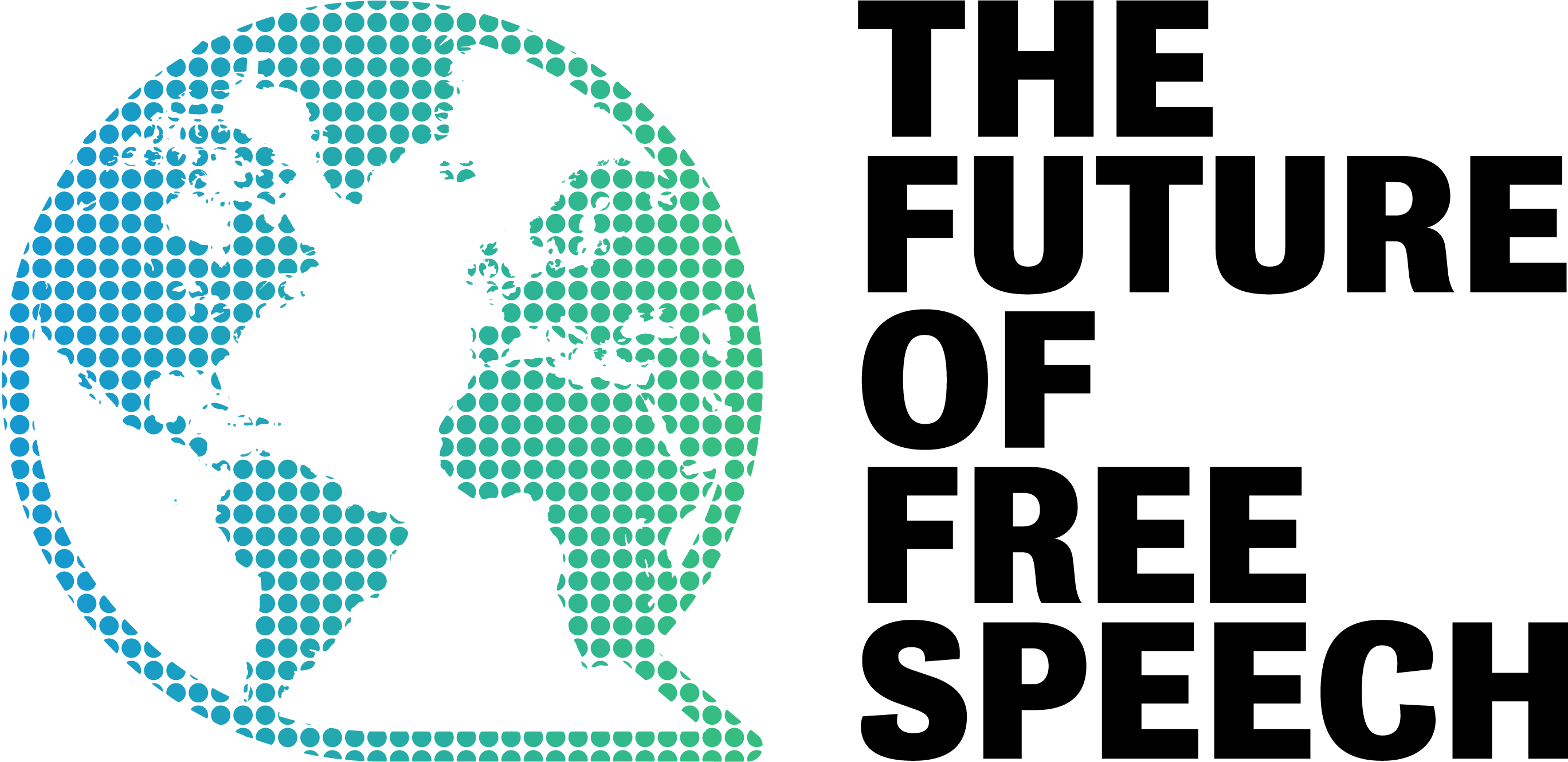
Published in the European-Asian Journal of Law and Governance (vol.10)
View all full articleIntroduction
Hate speech is a threat to the proper functioning of a democratic society and a damning force to central values such as respect and solidarity. It harms us on an interpersonal, community and societal levels and is “deeply rooted in the ideologies of racism, sexism, religious intolerance, xenophobia, and homophobia.” In a world of rising populism and far-right extremism, hate speech, as a by-product of these phenomena, needs seriously to be addressed. There is a plethora of academic writing comparing the legal regulation of hate speech between Europe and the USA, but little to none comparing Europe and Asia. This paper will prompt such scholarship by setting out a supranational framework tying the two together. In this light, it will begin with an analysis of the United Nations (UN) legal framework for regulating hate speech. This focus on the UN at a first stage is necessary since this framework constitutes the only common denominator between the two continents and provides a foundation for a comparative discussion of European and Asian states’ legal responses to hate speech. More particularly, it is the only relevant institution with countries of both continents as members that have signed, acceded to, or ratified documents seeking to, inter alia, tackle hate speech.
After elaborating on the definitional and contextual arena of hate speech, which will include an overview of the UN’s conceptualisation of the free speech/hate speech tension, the paper will focus on an analysis of Article 4 of the International Convention on the Elimination of All forms of Racial Discrimination (ICERD) which prohibits, amongst other, the dissemination of ideas of racial superiority. It will then assess Article 20(2) of the International Covenant on Civil and Political Rights (ICCPR) on the prohibition of any advocacy for religious national, racial or religious hatred that constitutes incitement to discrimination, hostility or violence. As well as the substance of the aforementioned articles and related jurisprudence of the Committee on the Elimination of Racial Discrimination (CERD) and the Human Rights Committee (HRC) that implement the Convention, the paper will also consider other documents such as General Recommendations and Concluding Observations. Where relevant, declarations and reservations imposed by countries of the two continents on Articles 4 and 20(1) will be assessed to further understand national stances vis-à-vis hate speech in the realm of their international obligations. One of the key premises on which the analysis of the above will be effectuated is that the UN framework is, in itself, flawed due to inherent limitations in the practical application of the relevant articles. Importantly, it is also due to what I refer to as the ‘hierarchy of hate’ that results from the prohibition of certain types of hate speech – for example racist speech but not homophobic speech.
View all full article